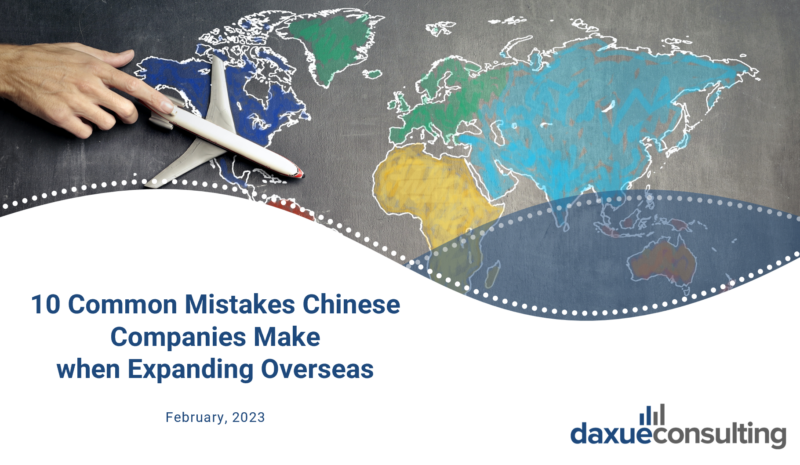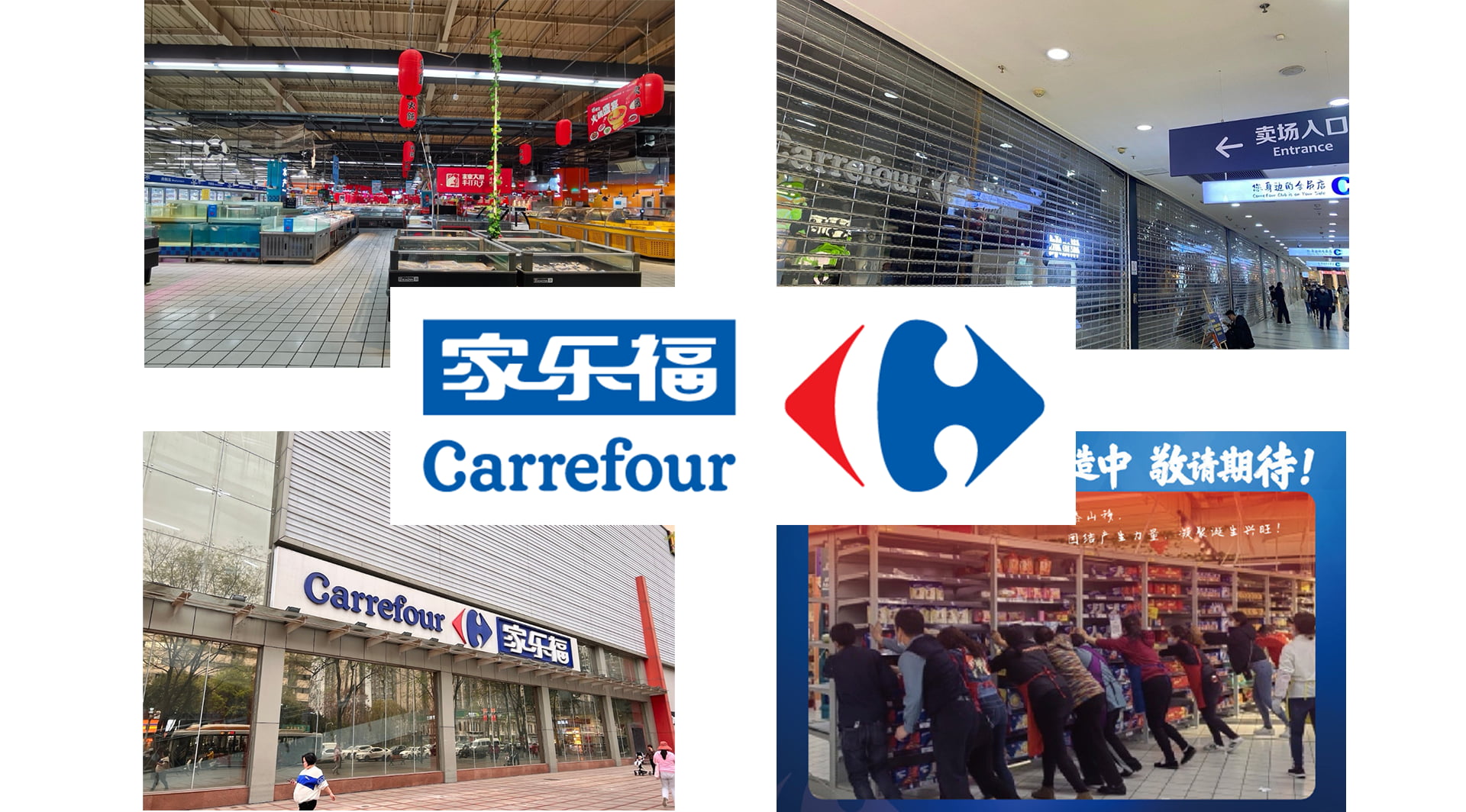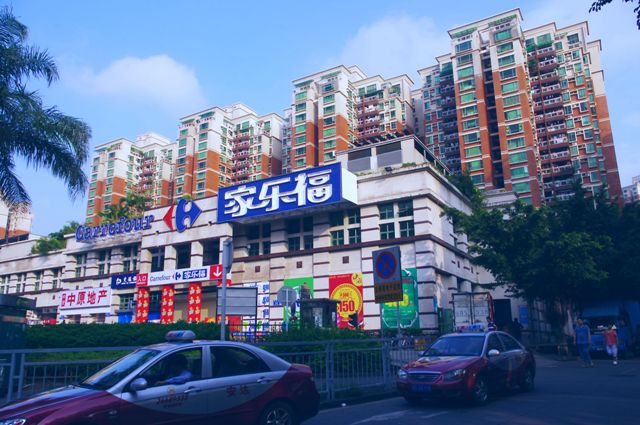When the French multinational retail corporation entered China in 1995, as its name in Chinese (“家乐福,” meaning family, happiness, and fortune) suggests, Carrefour was a place where many Chinese consumers visited with their family, friends, and loved ones. However, despite enjoying success for about two decades, in the mid-2010s, it started experiencing serious challenges. Even though retail giant Suning acquired 80% of Carrefour’s retail operations, the future of Carrefour in China remains uncertain.
Download our China F&B White Paper
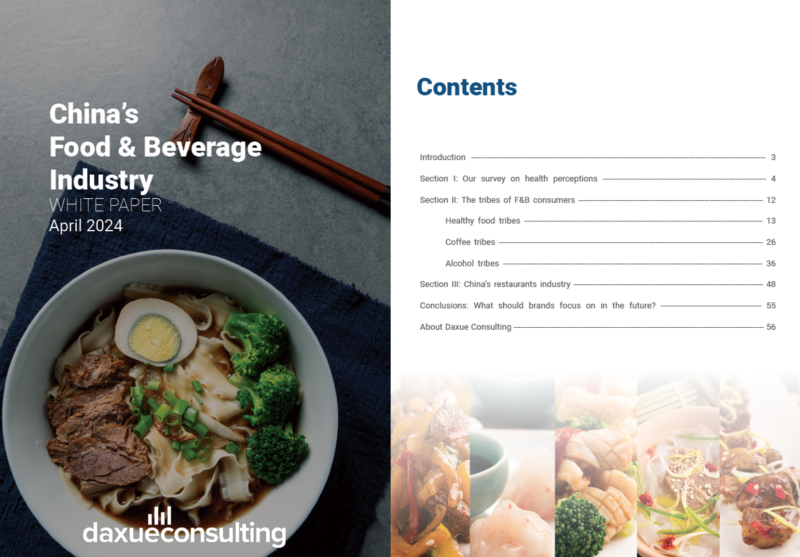
The history of Carrefour in China and how the company made its own name in the market
When Carrefour opened its first store in Beijing in 1995, it received overwhelming attention from Chinese consumers. “At that time, shopping at Carrefour was a fashion,” said a former old employee to Baidu user @柔柔故事会. “Imported goods, shopping carts, barcode checkouts, these things that seem common now were all new things at the time.”

China’s retail industry was limited to convenience stores, grocery stores, wholesale markets, and department stores. When Carrefour entered as the first foreign hypermarket in China, many people quickly flocked to its stores. Consumers were attracted by its one-stop shopping experience, quality products, and low price.
Over time, Carrefour rapidly expanded, focusing on first-tier cities, such as Beijing and Shanghai. It continued to grow in about the two next decades, outpacing competitors like Yonghui, RT-Mart, and Auchan.
Carrefour struggles in China, despite being acquired by Suning
In the mid-2010s, Carrefour started showing clear signs of struggle. In 2015, its net sales reached its peak of RMB 38 billion (EUR 5 billion). However, it started dropping, eventually falling to RMB 27 billion (EUR 3.6 billion) in 2018. To save the company, in June 2019, Suning, one of the biggest online and offline retailers, acquired 80% of the Carrefour’s stakes for more than RMB 4.8 billion.
Suning hoped to boost its fast-moving consumer goods (FMCG) and expand its retail presence online and offline. However, even Suning’s aggressive expansion policy didn’t stop Carrefour from falling into a deep crisis. In 2021, Carrefour had 205 stores in China, and in 2024, it fell rapidly to only 4 stores.
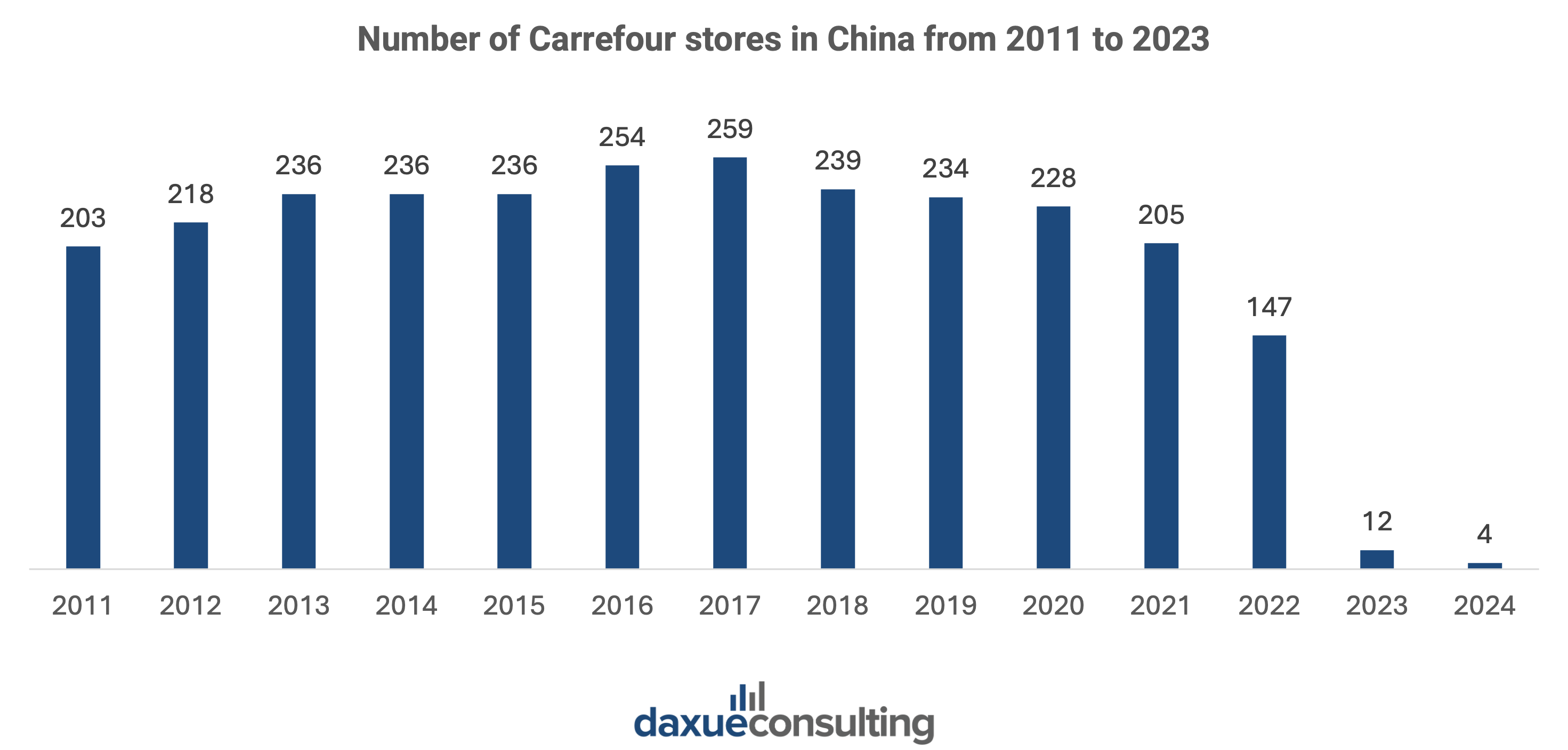
Mistakes and miscalculations led Carrefour into a deep crisis
Carrefour was not the only Western company that failed in the Chinese market. Other big Western players, such as Home Depot and Tesco, exited China after facing fierce competition, failing to understand Chinese consumers, and struggling to adapt to the changing industry.
Among the key factors leading to Carrefour’s failure in China were supply chain issues and the rise of e-commerce. Carrefour adopted a “light asset and high efficiency” operation model, which depended on suppliers delivering their products instead of them developing its own logistics and distribution centers. While this facilitated its rapid expansion in China, it eventually became a concerning issue. It caused supply chain bottlenecks, and by the time Carrefour sought to build a more sophisticated supply chain system, its competitors, including Walmart and RT-Mart, were already ahead.
Moreover, China’s rapid digitalization of its economy since 2010 posed a major challenge for Carrefour. With the emergence of e-commerce platforms, such as Taobao and JD.com, consumers were turning to online shopping. Walmart and RT-Mart were also expanding online as early as 2011. However, Carrefour did not begin expanding online until 2015, making it one of its most crucial mistakes.
Can Carrefour recover from its challenges, or is it beyond repair?
In 2023, Carrefour in China denied rumors that was filing for bankruptcy. According to a statement from Carrefour to the Global Times in January 2024, it is “making an active transformation and upgrading to tackle with the challenges”.
However, despite these reassurances, Carrefour’s future in China remains uncertain. In 2024, it only had 4 stores left, a significant drop from 205 stores in 2021. Moreover, as of July 2024, there were claims that many employees weren’t paid properly and delayed and that suppliers were experiencing overdue payments.
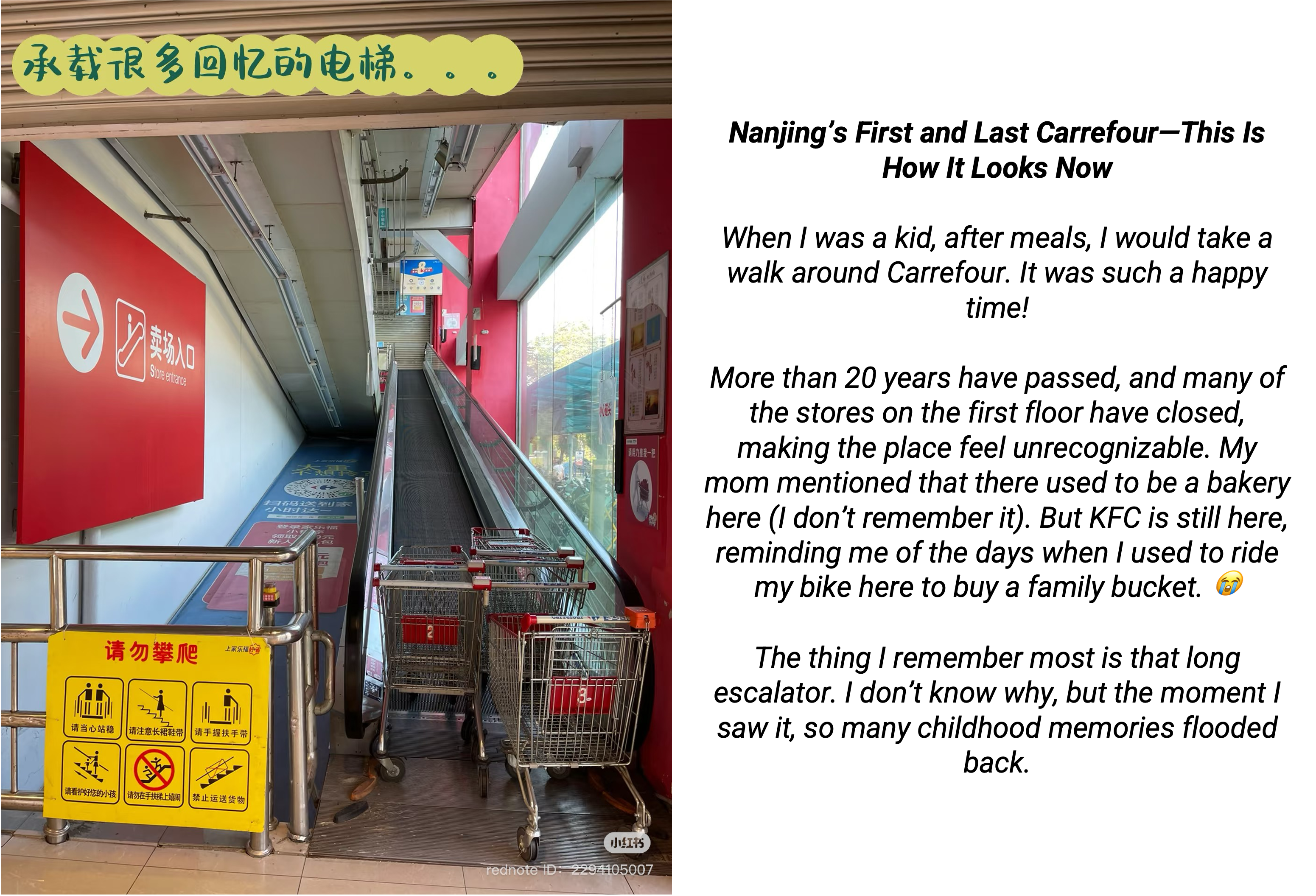
Carrefour has experienced numerous issues in China. Whether it will recover, while not repeating the same mistakes, is still to be determined. Many people believe that by the end of 2025, there will no longer be any Carrefour stores left in China.
Carrefour in China: From “the king of retail” to underdog
- When Carrefour entered China as the first foreign hypermarket, many people quickly flocked to its stores. Consumers were attracted by its one-stop shopping experience, quality products, and low price.
- For about two decades, Carrefour experienced continuous success in China, reaching net sales of RMB 38 billion in 2015.
- However, in the mid-2010s, it began struggling. Carrefour was slow to adapt and faced supply chain issues, resulting in a decline in performance, among other reasons.
- In 2019, retail giant Suning acquired 80% of its stake. While it was believed that this would create synergy and help Carrefour recover, in 2024, Carrefour only had 4 stores left. This was a significant drop from the 205 stores in 2021.
- Whether it will recover, without repeating the same mistakes, is uncertain. Many people believe that by the end of 2025, there will no longer be any Carrefour stores left in China.

Learn about the 10 mistakes Chinese companies make when expanding overseas
